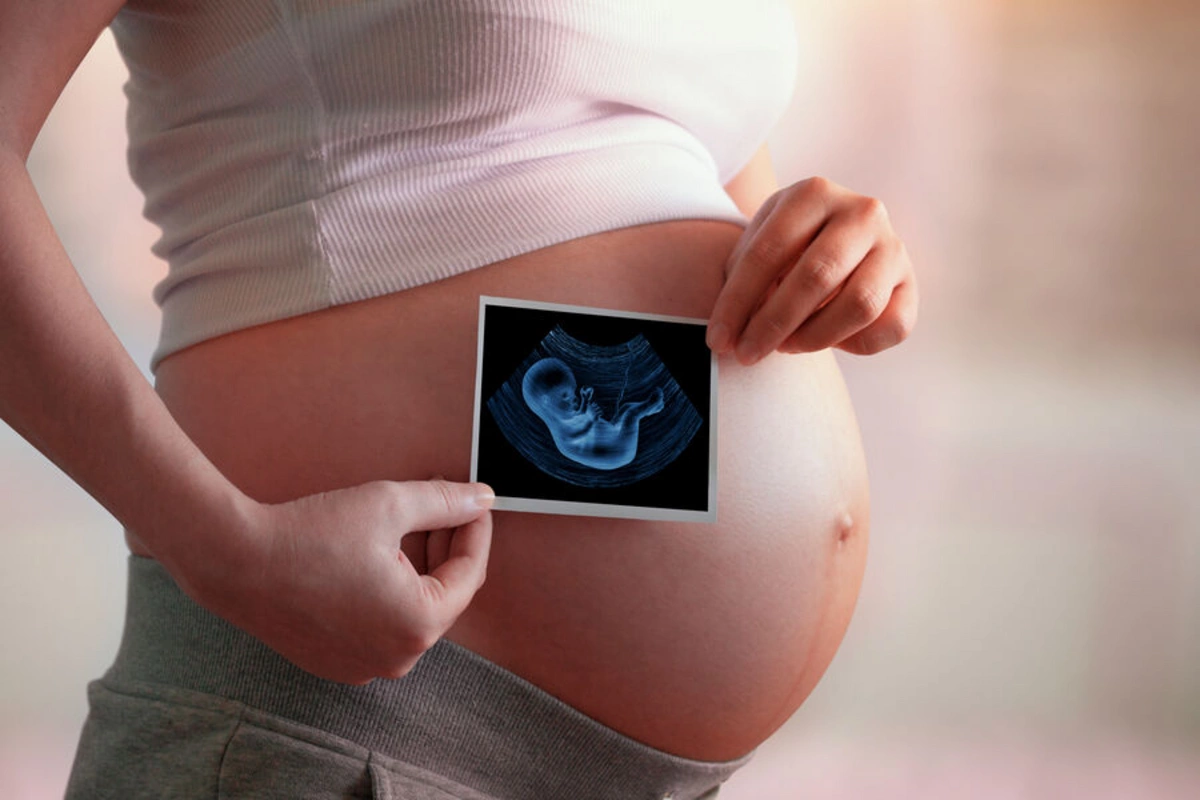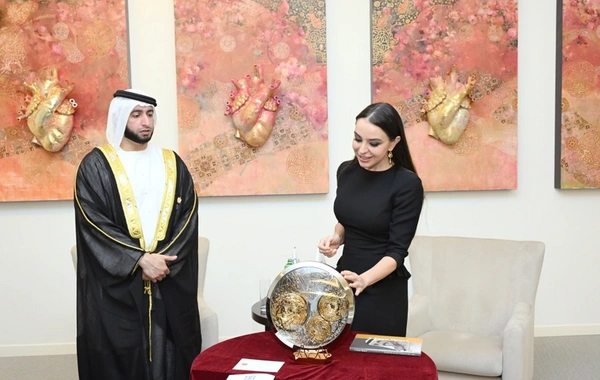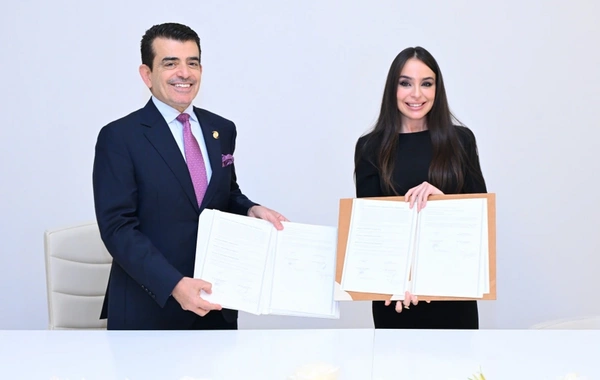Scientists have revealed how the "connection" between mother and child has evolved over 100 million years

Researchers from the University of Vienna have traced how cell interactions between mother and fetus in mammals formed over more than 100 million years. It turned out that the key mechanisms for successful pregnancy appeared long before humans. The work was published in the journal Nature Ecology & Evolution (NEE).
Scientists analyzed gene activity in individual cells at the boundary between the uterus and placenta in six animal species, including humans, mice, and opossums. They discovered that invasive placental cells - previously considered unique to humans - are actually an ancient evolutionary trait.
The study also refuted the idea that pregnancy is a constant conflict between mother and fetus. On the contrary, most signals between them turned out to be coordinated, although in certain genes, such as IGF2, signs of "genetic confrontation" were observed.
It also became clear that in the process of evolution, both mother and fetus adapted to each other: placental mammals developed new forms of hormonal regulation, which allowed for extending pregnancy and making offspring development more complex.
According to the scientists, the approach used in the work - a combination of cellular analysis and evolutionary modeling - opens new horizons for understanding not only the origin of pregnancy but also other biological systems.
"Now we can trace the evolution of not just organs, but the cellular dialogues behind them," noted study co-author Sylvia Basanta. "This could become the basis for new methods of diagnosing and treating pregnancy complications."
Similar News
Strong earthquake hits Japan: there are casualties
As a result of a powerful earthquake in Japan, seven people were injured. As reported by BAKU.WS with reference to "RIA Novosti", this was announced by the coun...




 Azərbaycanca
Azərbaycanca  По-русски
По-русски  English
English 





